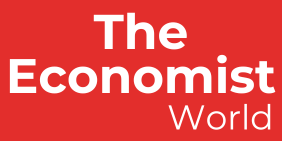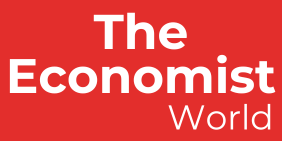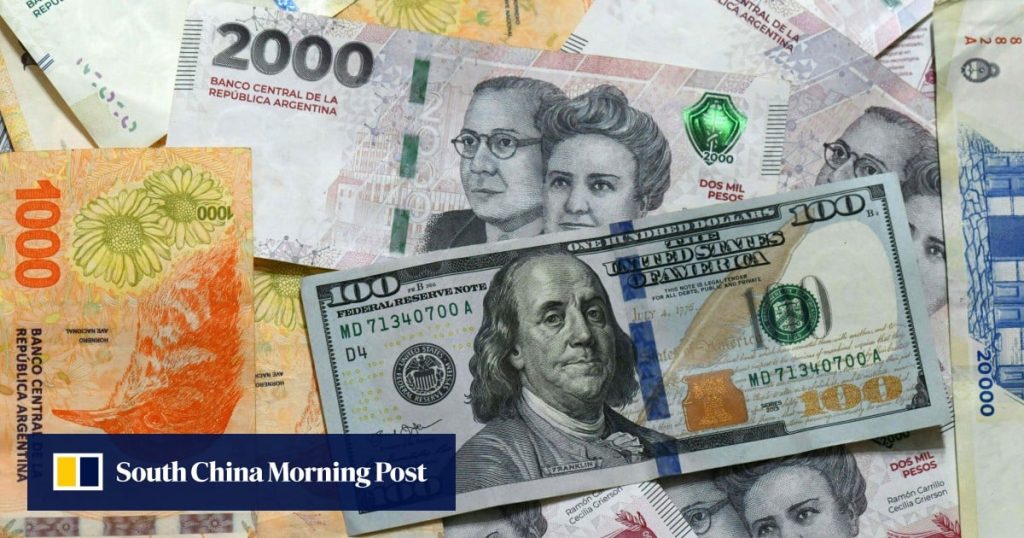Argentina is dismantling key parts of its years-long currency controls and loosening its grip on the peso, the central bank has said, a major policy move for the South American nation ahead of a US$20 billion IMF deal being finalised.
The central bank announced on Friday that it would undo a fixed currency peg from Monday, letting the peso freely fluctuate within a moving band between 1,000 pesos and 1,400 pesos per dollar, versus 1,074 at the close on Friday.
Argentina would eliminate major parts of the so-called cepo capital controls that had restricted access to foreign currency, the central bank said in a statement. Companies from this year will also be able to repatriate profits out of the country, a key demand from businesses that could unlock more investment.

“As of Monday, we will be able to put an end to the foreign exchange restrictions which were imposed in 2019 and which limit the normal functioning of the economy,” Economy Ministry Luis Caputo said at a press conference on Friday evening.
The new exchange rate system could allow the peso to weaken almost a third if the currency were to hit the weaker edge of the band, although the central bank is likely to have some tools to intervene. The band would expand 1 per cent each month, the bank said.
The policy move comes as the country waits for the final green light by the International Monetary Fund board for the 23rd programme in a long and mottled history between the grains-producing nation and the Washington-based lender. That vote is expected later on Friday.
Argentina needs the financial firepower to bolster depleted foreign currency reserves , sticky inflation and a country risk index that has started to rise again.


